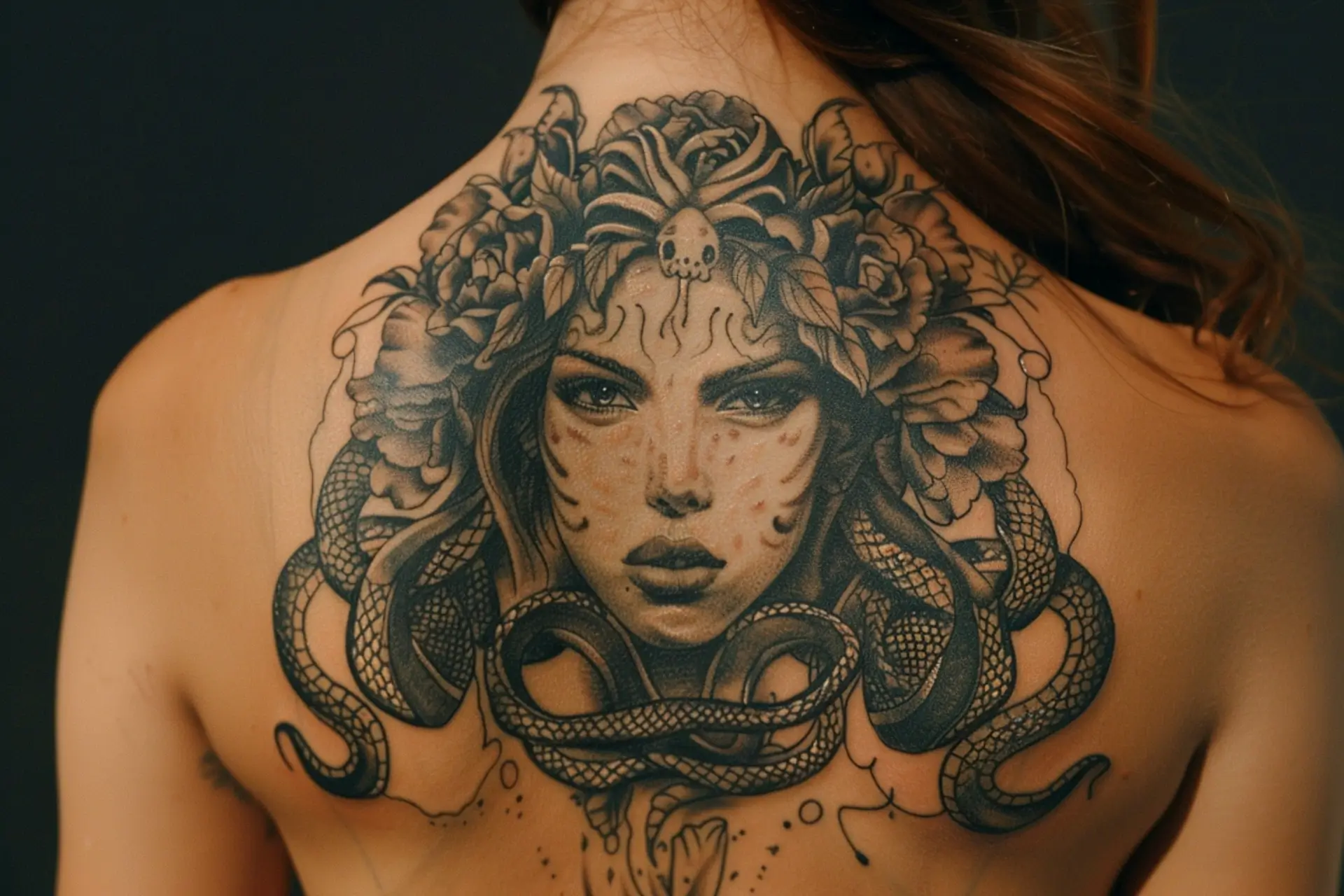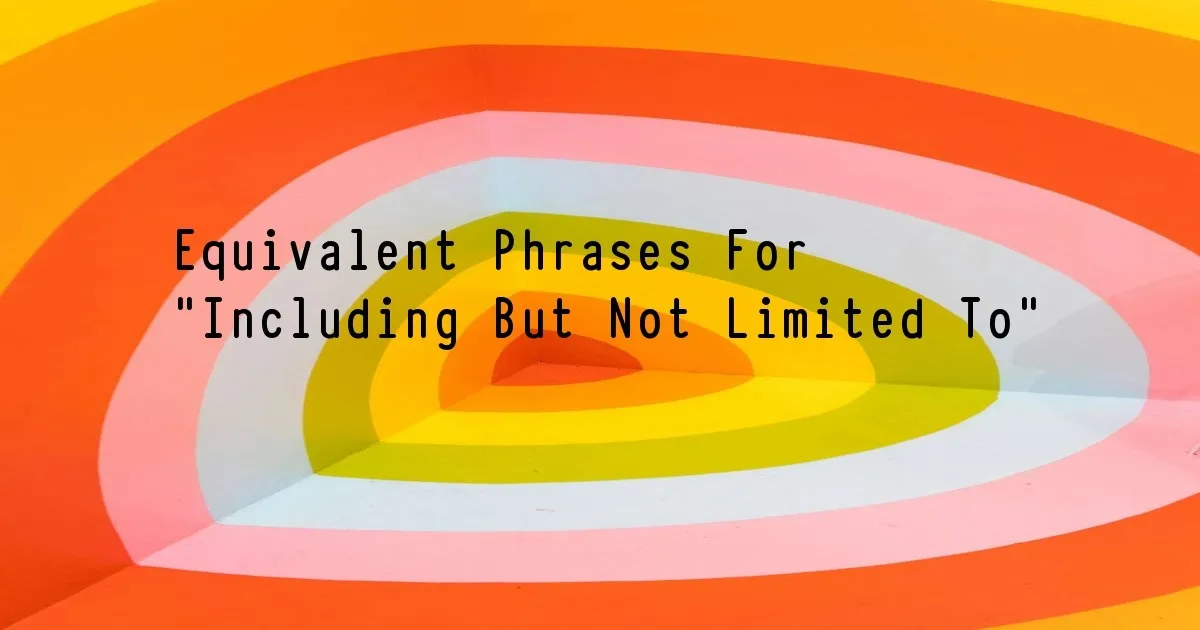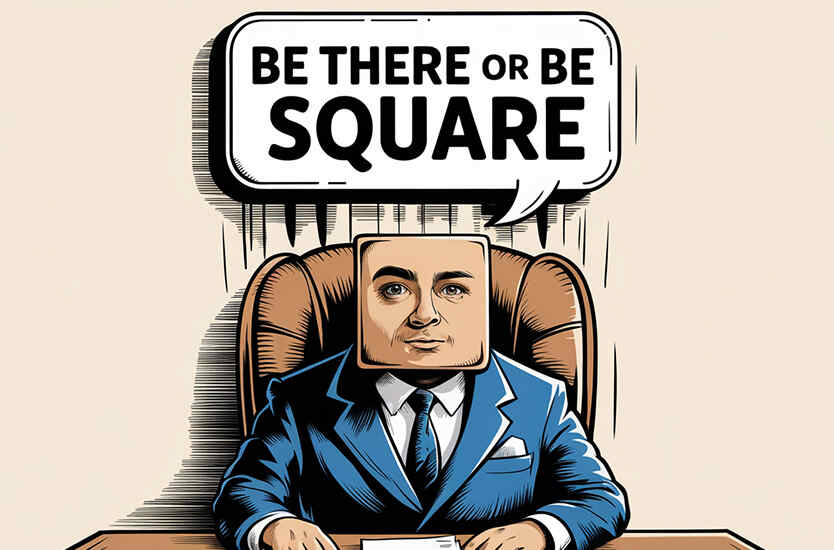How Do Tattoo Machines Work? A Comprehensive Guide
Tattoo machines, also known as tattoo guns, are essential tools used by professional tattoo artists to create permanent designs on the skin. These machines have evolved over the years, from the rudimentary tools used in ancient times to the sophisticated devices used today. In this comprehensive guide, we will explore the inner workings of tattoo machines, their components, and the process by which they create intricate tattoos. We will also delve into the types of professional tattoo machines available in the market.
Components Of A Tattoo Machine:
A tattoo machine consists of several key components that work together to create the desired tattoo. Understanding these components is crucial for both tattoo artists and enthusiasts. Here are the main parts of a tattoo machine:
Frame:
The frame is the foundation of a tattoo machine and holds all the other components in place. It is typically made of steel or aluminum and provides stability and durability.
Electromagnetic Coil:
The electromagnetic coil is a crucial component that powers the tattoo machine. It consists of two coils wrapped around an iron core. When the coils are electrically charged, they create a magnetic field that moves the machine’s armature bar.
Armature Bar:
The armature bar is connected to the front spring and the needle. When the magnetic field created by the coil moves the armature bar up and down. It drives the needle in and out of the skin, creating the tattoo.
Contact Screw:
The contact screw is an adjustable screw that controls the distance between the front spring and the contact point of the armature bar. Adjusting this screw allows the artist to fine-tune the machine’s performance.
Needles and Tubes:
The needles and tubes are responsible for delivering the ink to the skin. The needle is attached to the armature bar, while the tube holds the needle and guides it into the skin. Different needle configurations are used for various tattooing techniques and styles.
Working Mechanism Of A Tattoo Machine:
Now that we have explored the components, let’s dive into the working mechanism of a tattoo machine. The process can be summarized in the following steps:
Power Supply:
The tattoo machine is connected to a power supply, which provides the necessary electric current. The power supply can be adjusted to control the speed and intensity of the machine.
Electromagnetic Coil:
When the power supply is turned on, the electromagnetic coil is activated, creating a magnetic field. This magnetic field causes the armature bar to move up and down.
Armature Bar and Front Spring:
As the armature bar moves down, it compresses the front spring. This compressive force stores potential energy in the spring.
Contact Screw:
When the armature bar reaches its lowest point, the contact screw touches the front spring, completing the electrical circuit. This causes the coil to demagnetize and the armature bar to move upward rapidly.
Needle Movement:
As the armature bar moves up, it pulls the attached needle out of the skin. This movement creates a gap between the needle and the skin, allowing ink to flow into the skin through capillary action.
Types Of Professional Tattoo Machines:
Professional tattoo artists have a wide range of tattoo machines to choose from, each designed to meet specific needs. Here are some popular types of professional tattoo machines:
Coil Machines:
Coil machines are the traditional and most commonly used tattoo machines. They rely on electromagnetic coils and have adjustable components, allowing artists to fine-tune their performance.
Rotary Machines:
Rotary machines use a rotating motor to drive the needle in a smooth, circular motion. They are known for being quieter and causing less trauma to the skin, making them suitable for intricate designs and shading.
Pen Machines:
Pen machines are lightweight, compact, and resemble a pen or marker. They have a rotary mechanism and are versatile for both lining and shading.
Pneumatic Machines:
Pneumatic machines operate using compressed air rather than electromagnetic coils. They are known for their consistency and lack of vibration, providing a precise tattooing experience.
Wireless Machines:
Wireless tattoo machines have gained popularity in recent years. They eliminate the need for cords and offer freedom of movement, allowing artists to work more comfortably.
Conclusion:
Tattoo machines are the backbone of the tattooing industry, enabling artists to create beautiful and intricate designs on the skin. Understanding the components and working mechanisms of these machines is crucial for both tattoo artists and enthusiasts. With a wide variety of professional tattoo machines available, artists can choose the type that best suits their style and preferences. Whether it’s a coil machine, rotary machine, or any other type, the evolution of tattoo machines continues to push the boundaries of artistic expression.

Recent Post
What is The Meaning of a Medusa Tattoo?
January 9, 2025
The Meaning of Encanto in Spanish and Origin
January 4, 2025
Equivalent Phrases For “Including But Not Limited To”
December 30, 2024
How To Make Weekend Greetings More Fun?
December 30, 2024
10 Modern Sayings Similar To “Be There Or Be Square”
December 30, 2024








